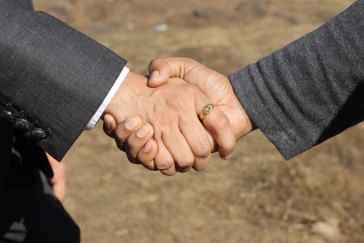SEnECA Blog Post: Central Asia’s Role in Latvian Foreign Policy

Cooperation with the Central Asian countries is one of the specializations of Latvian foreign policy, making the Baltic country one of the main advocates in the European Union (EU) for closer interaction with the region. Hence, during the Latvian Presidency of the Council of the EU in 2015, Central Asia regained momentum in the agenda of the EU external action.
History of the 20th century, namely the Soviet occupation, laid the foundation for closer interaction between Latvia and the Central Asian countries. From the perspective of Central Asian people, Latvia and the two other Baltic nations were seen not only geographically, but also culturally and economically as the Western-most part of the Soviet Union. Many Central Asians still carry good memories of the sandy beaches of the Baltic Sea, music, and commodities originating in Latvia. The interaction in the past strengthened the mutual trust and allowed for a better understanding of each other’s mindsets and mentality.
Kazakhstan, Kyrgyzstan, Tajikistan, Turkmenistan, and Uzbekistan are all different and so are their relations with Latvia. Nevertheless, the bilateral interaction between all Central Asian countries and Latvia have been fairly active across different fields. Just to name some examples: since the 1990s, exchange of presidential visits with all Central Asian countries except Kyrgyzstan have taken place; Uzbek and Kazakh students constitute one of the biggest groups of foreign students in Latvia; direct flights connect Riga and Tashkent and, starting April of this year, Riga and Almaty will also be directly connected; regular cargo train traffic connects Latvia to the region; Latvia supports different projects in the region related to such fields as justice and home affairs, public administration, agriculture, democratic involvement, civic society, and education.
However, with continuing reforms in some of the Central Asian countries and increasing assertiveness and presence of great powers, the competition for attention in the region will become fiercer as the space for initiatives will become narrower. Therefore, for Latvia to retain the current level of interaction and to go beyond, more should be done. To name a few suggestions: refresh the political dialogue at the highest level by organizing an official presidential visit to the region; establish an embassy in one more capital in order to expand everyday activity beyond Kazakhstan and Uzbekistan; provide more funds for the development cooperation projects and, thus, share more of Latvia’s transition experience in the spheres of mutual interest; invest more in people-to-people relations, most importantly by providing more state scholarships to Central Asian students in Latvian universities.
SEnECA Blog Contribution by Māris Andžāns from the Latvian Institute of International Affairs
